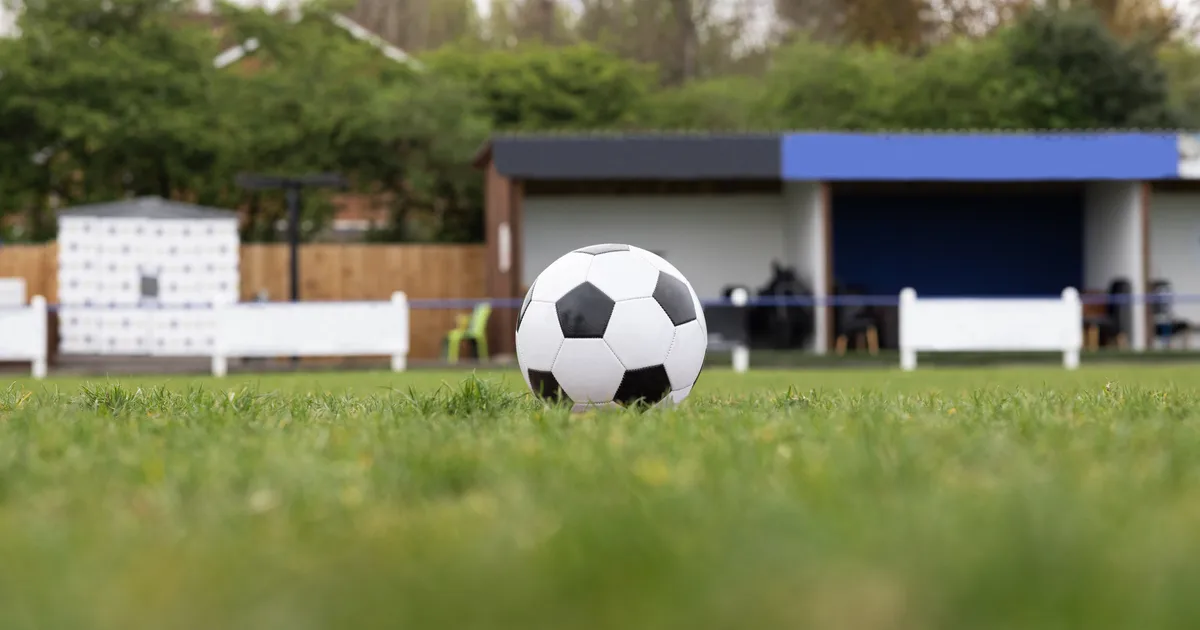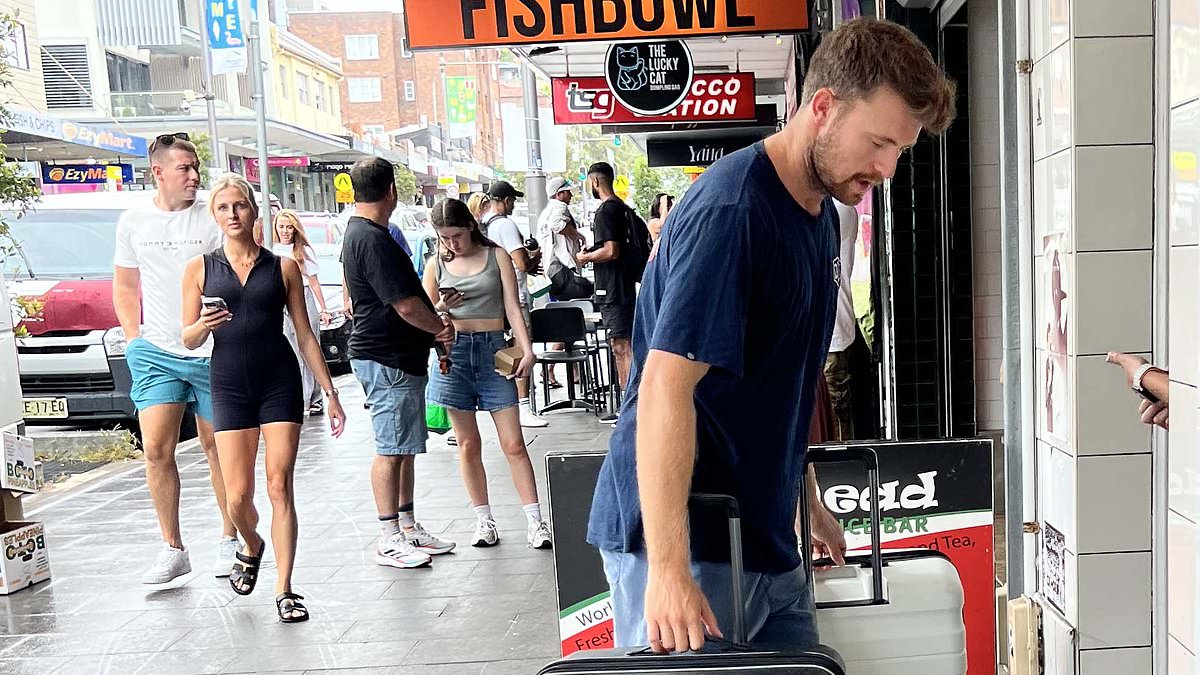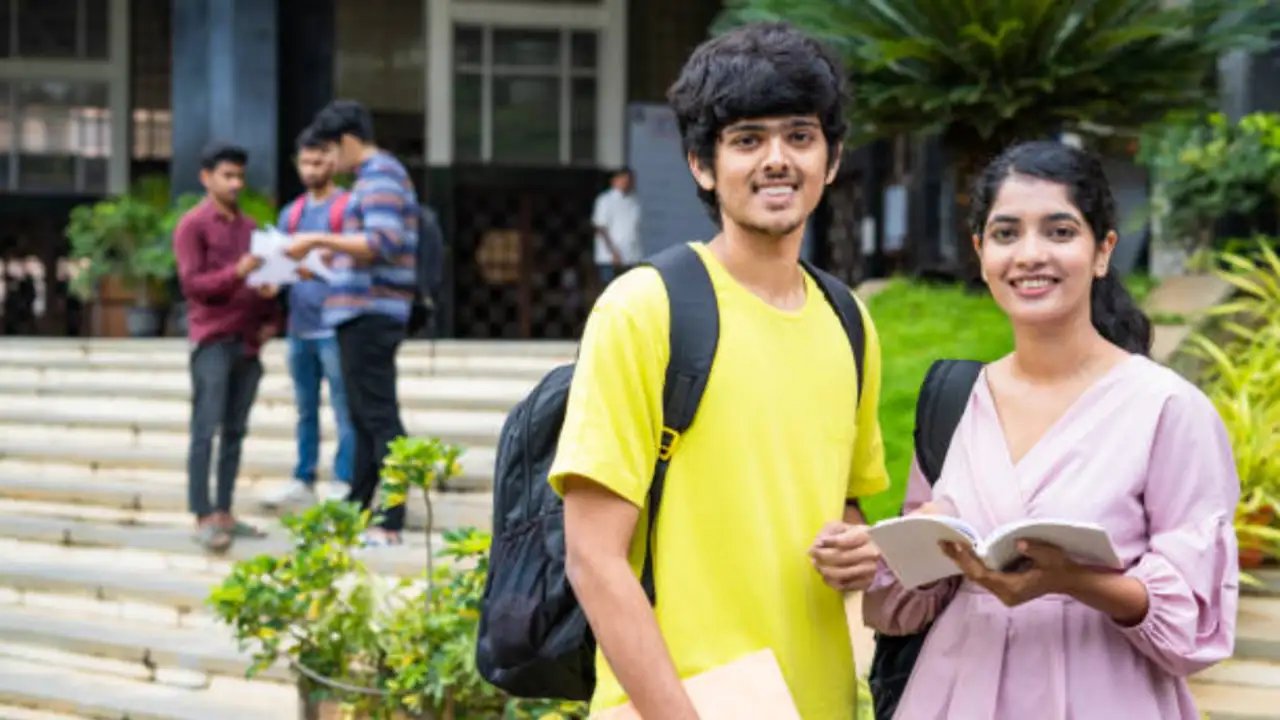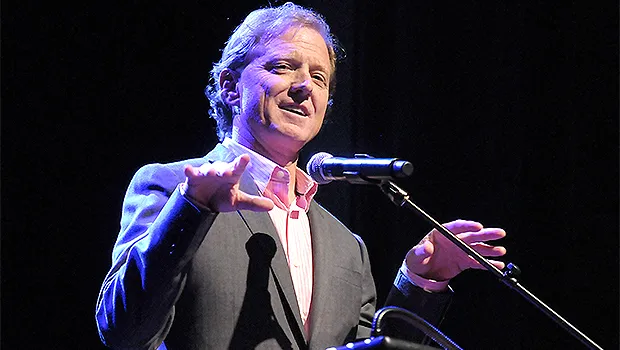
In spring 2024, my 8-year-old son and my 9-year-old niece found a discarded, loaded handgun while playing along the outer edge of a ball field.
We were there to watch my youngest niece play soccer. She was 7 at the time. My brother was the coach, so he and my sister-in-law were there, too. There were probably four or five games running simultaneously, with at least 60 elementary-aged children and their families spread comfortably across the green expanse.
Advertisement
It was a weekday, and the game started at 6 p.m. It was a perfect spring evening. The field was one of several that mark a grassy strip nestled between the Potomac River and a wooded area that leads to the Chesapeake and Ohio Canal path. It’s a popular area for walking, biking, fishing and boating.
It probably looked exactly like the sports games you attend with your children. Ordinary, yet emblematic of the way so many American families spend their free time with their children.
While I watched the game, my son and his cousin were getting restless. They asked if they could explore beneath the bridge, where the large concrete foundation blocks held the legs of the structure. My first instinct was to say “no.” I am an anxious mother, so my first instinct is always “no.”
Advertisement
I paused for a beat. I glanced at the rectangular concrete feet of the bridge, knowing that my energetic child was hoping to scramble atop them. It looked no riskier than the threat of a scraped knee or a twisted ankle. They would be within view and earshot, surrounded by adults.
“I have to let him be a kid,” I thought. So I said yes.
Less than 10 minutes later, only moments after I had noticed that they had, in fact, climbed triumphantly atop the concrete step, he ran to me.
“Mom! Mom, you have to see this!” he said breathlessly.
My children are always saying that.
“We found a gun!”
And indeed, they had. Lying in the damp dirt beneath the bridge, as if someone had tossed it over the guardrail of the overpass. A man-made rattlesnake, waiting to strike.
Advertisement
Surely it’s fake, I thought. A realistic toy. I stared at it, trying to assess. Admittedly, I had never seen a gun up close. I looked around at the dozens of young children who played around me, oblivious.
When the police arrived, I watched the officer pick up the weapon. With a swift motion, a bullet fell to the ground. Loaded.
I felt like I might be sick.
As we walked away from the soccer field that night, my son and my niece sang a little jingle about gun safety that they had learned at school. “Stop, Don’t Touch, Run Away, Call a Grown-Up!”
Advertisement
They giggled and sang, their innocence on full display. They did not realize the danger they had confronted, the gravity of the situation. It will be years before they understand that.
After a tense evening, I slept hard. Yet I woke up the next morning feeling like I had not slept at all. It was as if my mind and body had been vigilant all night. Is this what parenting is these days? Is there nowhere my children are safe?
I am staunchly anti-gun. We do not have guns in our home. I have taught my oldest child what to do if he finds himself in the presence of a gun. I know the parents of the children he spends time with and whether they keep guns in their home.
Advertisement
Despite all that forethought, I never believed that my kid would actually be in this situation. Although we walked away unscathed, my sense of safety was deeply shaken.
In the days and weeks after, other parents congratulated me for being a “good mom” who had a “good kid.” They applauded my effort in teaching my children what to do if they ever encountered a gun. They deemed my child to be smart and responsible. I was grateful that my kid was safe, but I felt no relief or reassurance. In fact, I felt more hopeless than ever.
I posted about it in the neighborhood Facebook group. I called my child’s school. I even called the local newspaper and spoke with a journalist. Again and again, I heard that we had done a “good job.” The takeaway seemed to be: “Look, teaching kids to be safe around guns works!”
Advertisement
But if everything had gone so right, why did I feel so traumatized?
“In America, we expect children to protect themselves from guns. … With a gun lying between me and my son, I could see so clearly how unrealistic, dangerous and absurd this expectation is.”
In hindsight, I see that I was feeling the hopelessness and helplessness of parenting in the face of the gun crisis in America. Since 2020, firearms have been the leading cause of death of youth ages 1-19 in the United States. Parents in this country live with an impossible reality; what can we do to make ourselves feel safe enough to justify sending our children out into the world while also acknowledging that when it comes to guns, we have very little control?
Everyone was focused on the fact that my child had made a smart choice instead of the fact that we had stumbled across a loaded gun in the first place. That’s because in America, we expect children to protect themselves from guns. I already knew this intellectually, but standing on the field that day, I felt it in my bones.
Advertisement
With a gun lying between me and my son, surrounded by my loved ones and dozens of other families, I could see so clearly how unrealistic, dangerous and absurd this expectation is. I could see how thoroughly America is failing its children.
One could see our experience as evidence that gun safety education works. Certainly, teaching children safe behavior around guns makes sense, given that American children have more access to guns than children in any other developed country.
However, research suggests that teaching kids how to be safe around a gun is not as effective as we would hope. Gun safety education usually falls into two categories. Knowledge-based programs provide children with information in written materials or video media. These are the most popular, and include the NRA’s “Eddie Eagle” program (which is likely the program my son was exposed to at school).
Advertisement
Skills-based programs aim to teach children how to resist touching a gun and to get an adult. The most effective programs are skills-based programs that have children practice the skills and receive feedback from adults. But research shows that even in these programs, children frequently did not retain the skills they had learned after several weeks.
With all high-risk behaviors, we know that children and adolescents inconsistently apply what they learn in the classroom. When it comes to drugs, alcohol, sex, driving and internet behavior, education is only one part of the solution. Actually getting young people to apply that knowledge in the heat of the moment is much more complicated.
So while I absolutely want parents to be teaching their children gun safe behavior and to broaden access to gun safety education in schools, these things should not be seen as a replacement for laws that regulate gun ownership and address the problem of gun accessibility.
Advertisement
Research and recommendations from experts repeatedly and consistently state that the best way to protect children is to make guns inaccessible. Despite those recommendations, it is estimated that 4.6 million children in the U.S. live in a home with an unlocked and loaded firearm. Only half of our states have secure storage laws to prevent children or unauthorized adults from accessing legally owned weapons.
Maybe if more attention were paid to these precautions, that gun would not have found its way to the soccer field in the first place.
By sharing this experience, I hope you see what I see: Guns are so ubiquitous in America that no child is safe from coming face to face with one. Limiting access to guns is the best way to protect children, yet America continues to fail to take any meaningful strides towards regulating gun access.
Advertisement
I was proud of my son and grateful for whatever factors led him to do what he did. But never again do I want my young child’s decision-making skills and impulse control to be the ONLY thing standing between him and a loaded gun. Only significant gun reform that increases regulations on gun ownership will make a meaningful impact on safety in this country.
Amber Groomes, Ph.D., is a clinical psychologist and mother of two. She works full-time as a therapist in private practice and is passionate about making mental health more accessible. You can read more of her writing on her Substack, Dr. Amber_Writes.
20 Years OfFreeJournalism
Your SupportFuelsOur Mission
Your SupportFuelsOur Mission
For two decades, HuffPost has been fearless, unflinching, and relentless in pursuit of the truth. Support our mission to keep us around for the next 20 — we can’t do this without you.
We remain committed to providing you with the unflinching, fact-based journalism everyone deserves.
Thank you again for your support along the way. We’re truly grateful for readers like you! Your initial support helped get us here and bolstered our newsroom, which kept us strong during uncertain times. Now as we continue, we need your help more than ever. We hope you will join us once again.
We remain committed to providing you with the unflinching, fact-based journalism everyone deserves.
Thank you again for your support along the way. We’re truly grateful for readers like you! Your initial support helped get us here and bolstered our newsroom, which kept us strong during uncertain times. Now as we continue, we need your help more than ever. We hope you will join us once again.
Support HuffPost
Already contributed? Log in to hide these messages.
Do you have a compelling personal story you’d like to see published on HuffPost? Find out what we’re looking for here and send us a pitch at pitch@huffpost.com.



